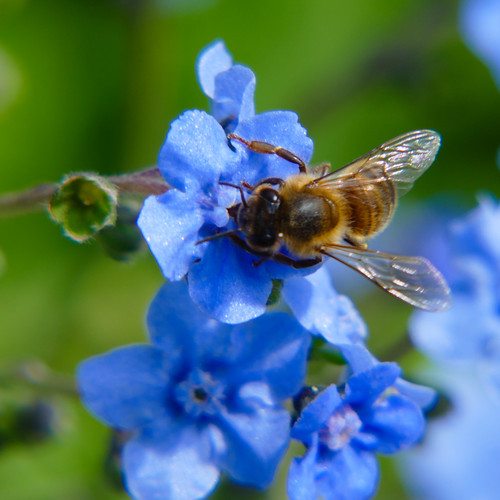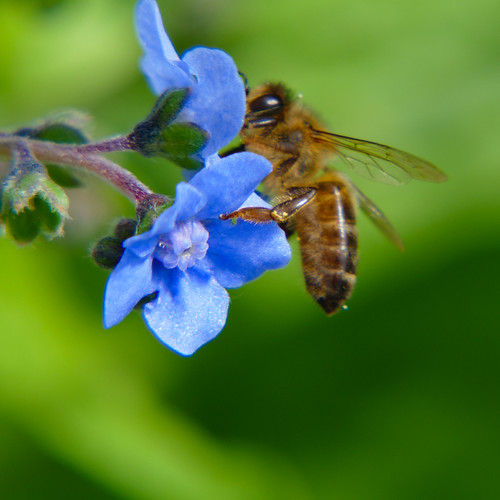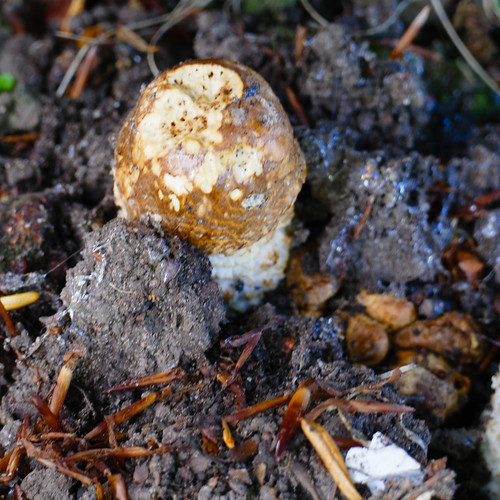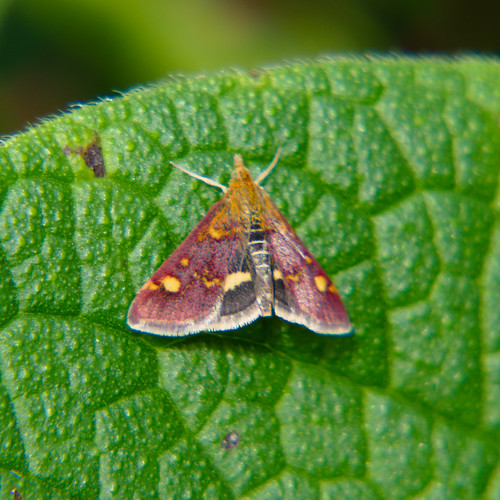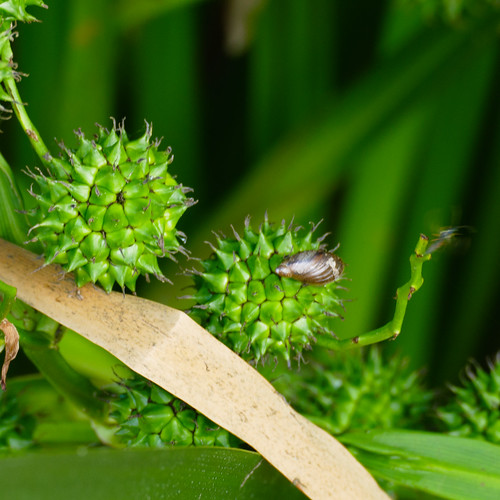Bee busy collecting pollen, working its way systematically through the flowers of a forget-me-not.
Categories
Categories
Breaking through: the Prince
Categories
Pyrausta purpuralis moth resting on leaf
Categories
Water snails on bur reed bur and leaf
Categories
Strange looking bee on cornflower
Categories
Horse’s hoof fungus, shiny after rain
Horse’s hoof, a polypore fungus which usually appears low down on the trunk of the trees it is infesting, this one shiny after recent rain. Also known as the tinder fungus, being a species which readily lights from sparks when dry. There were four pieces of this fungus for use as tinder being carried by Ötzi the Iceman whose body was recovered after 5,000 years frozen in an Alpine glacier.
